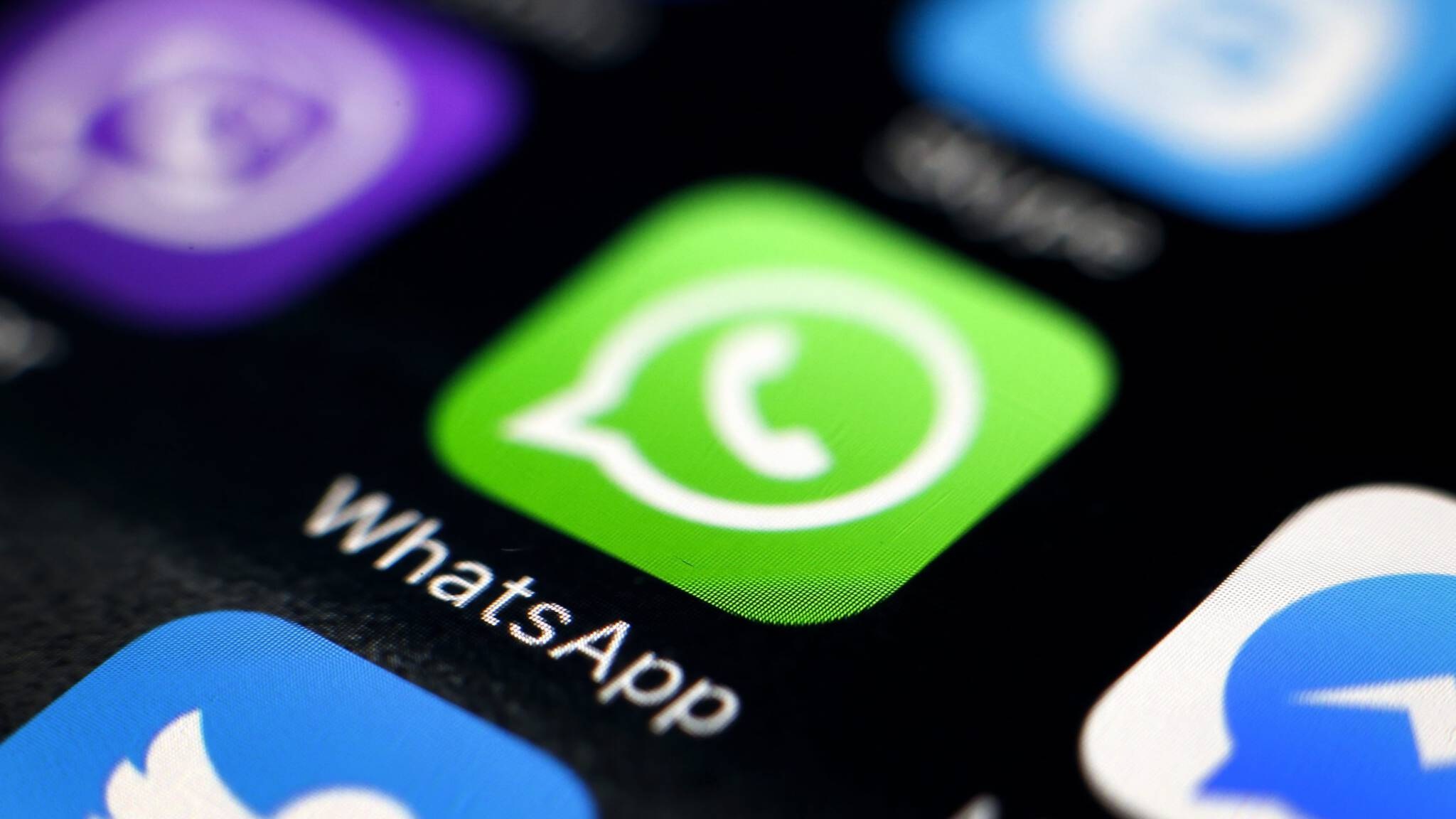Self-destructing messages – New era of confidential communication

In the past, mistakes like these could haunt you forever. In our internet-powered age of endless hacking, tracking, and permanent retention of data, true privacy felt like a lost art. However, exciting new technology is shifting the landscape for confidential communication. Enter ephemeral and self-destructing messages – notes, images, and videos engineered to evaporate after being read or viewed once. It brings secrecy and discretion back under your control. Sensitive shared information disappears without a trace. As does digital evidence of any private actions you prefer keeping to yourself. Read on to learn how this new wave of vanishing e-content could redefine privacy and discretion in the modern digital era.
The key technology making self-destructing messages possible is called end-to-end encryption (E2EE). This encodes your data so that only you and the intended recipient can access it. Not even the app or cloud service storing the message decrypts and reads it. E2EE is the same ultra-secure standard used by banks, intelligence agencies, and cryptocurrencies. It assures confidentiality even over public networks. Combined with a self-destruct trigger, this military-grade encryption provides two crucial privacy functions:
- Secured transport of sensitive data – Messages remain inaccessible to hackers, criminals, and prying apps while in transit between sender and recipient.
- Total vanishing without a trace – Once self-destruct triggers activate, encryption keys get permanently deleted along with message contents. No one can access that data ever again. It evaporates as if it never existed.
This powerful combo of robust security with built-in expiration introduces a bold new era for managing sensitive communications. Both senders and receivers regain control over data fate and longevity. And mistakes vanish into the ether instead of coming back to haunt you.
Two main types of self-destructing messages
There are two primary categories of vanishing messages to suit different privacy needs:
- Read once messages – These self-destruct immediately upon a recipient opening the message. This assures info like passwords, sensitive instructions, and single-use QR codes only be viewed once and then disappear. Great for delivering highly confidential data to designated individuals without long-term risks.
- Timed self-destruct – Here you set a countdown timer – messages evaporate after 24 hours, 7 days, 30 days, etc. Recipients re-access and re-read the messages freely during the countdown. But once expires, access gets permanently revoked. Perfect for sharing temporary content like legal documents, risque photos, or insider secrets where you still want short-term access, but not indefinite retention.
Both options ensure the content be it text, photos, scanned files, or videos gets wiped from the record as if it never existed. Visit the site privatenote.io for more information.
If the idea of truly ephemeral media resonates with your views on privacy, the time is ripe to check out available self-destructing messaging tools. With end-to-end encryption and expiration triggers built-in, these services provide data control that permanent asynchronous messaging apps simply can’t match. Text, photos, videos, and files all be shared privately, securely, and only temporarily using these tools. Just imagine the peace of mind of knowing your private messages and materials turn to vapor instead of getting exposed or attacking you later. Both individuals and businesses are now embracing this major upgrade for the digital age.






